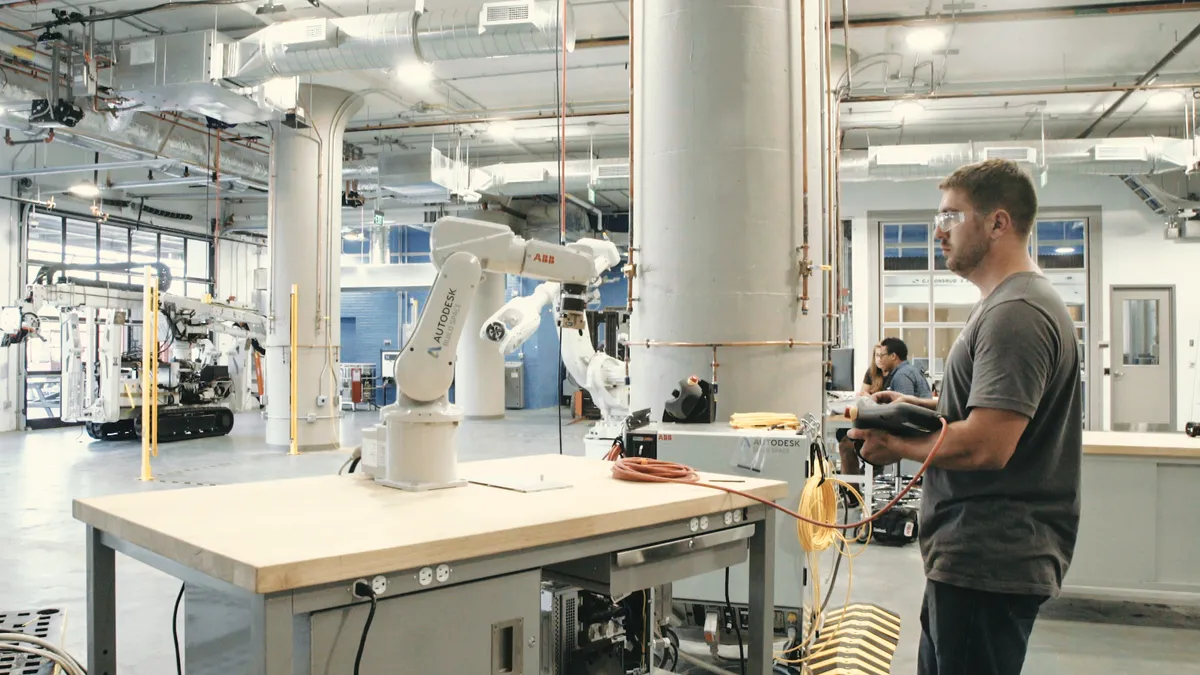Dive Brief:
- Experts argue over what the job market will look like in 10 or 20 years’ time, but they all agree it is changing, according to Education Week.
- In 2014, nearly half of the nearly 1,900 experts surveyed by the Pew Research Center said they "envision a future in which robots and digital agents have displaced significant numbers of both blue- and white-collar workers."
- As school districts struggle to prepare students for such an uncertain future, school leaders should remember public education has always been about creating good citizens, not just good workers.
Dive Insight:
School districts face a number of challenges in preparing students for jobs that may not even be on the horizon yet. Repetitive jobs, such as factory work or jobs in the service industry are more likely to disappear and will be replaced by jobs requiring more technical skills, some say. Despite the uncertainty, confusion and fear of a future where everyone is subservient to evil robot overlords, some common-sense truths remain.
The fact that computers will play a big role in the future is clear. Most school districts are already moving this direction by using computers and tablets for an ever-growing proportion of instruction. However, many schools do not offer coding classes, which some experts argue should be required instruction. No matter how the future plays out, students will need some degree of digital literacy in order to survive, and schools must be equipped for that challenge.
A look at the jobs mentioned by Education Week that will be most affected reveals interesting insights, as well. It appears that jobs such as health workers, counselors and teachers are fairly safe from automation. These jobs require analytical, communication and people skills that will benefit students in a variety of professions. Rather than worrying about the exact nature of future jobs, educators should concentrate on teaching skills that will always be in demand, no matter what education looks like in the future.












